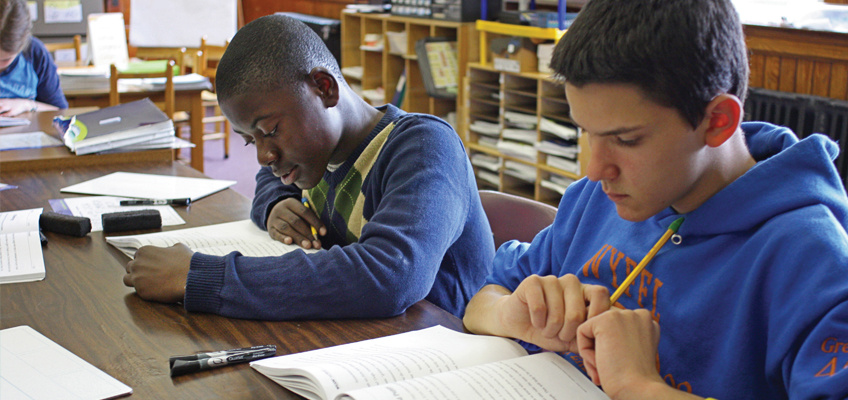
Literacy plays a significant role in the Geography classroom. It helps students access the curriculum, increase their understanding of concepts and communicate their knowledge effectively. Furthermore, literacy skills can also have a positive impact on students’ confidence and help them to become independent learners (Geographical Association N.D.). Consequently, it is the role of Geography teachers to help students further develop their literacy skills within the classroom.
Reading is one of the four key aspects of literacy, alongside writing, speaking and listening, and it plays a significant role in students’ progress and attainment. In education more broadly, reading has a direct influence on students’ success in both school and their subsequent careers (Kim, Lee and Zuilkowski 2020). Additionally, reading intervention has the potential to create half a year’s additional progress for students (Education Endowment Foundation N.D.), and as such plays an important role in students' progress through their education.
In Geography, the effect of intervention is likely to be even greater, with the correlation between students' reading ability and attainment in examinations being second only to that in English Language at GCSE (GL Assessments 2020). As a subject, Geography requires students to understand a wide range of vocabulary and concepts, both within lessons and in examination papers, as well as being able to communicate their understanding clearly in their written work. Consequently, reading plays an important role in enabling students to develop these skills and knowledge and therefore has a direct influence on attainment in the subject.
Through reading, students are also exposed to a range of different points of view and interpretations, enabling them to develop a critical view of sources of information and analyse the purpose of different texts. This is important to prevent students from approaching topics as a single story and help them see these concepts from different points of view. Furthermore, through reading, students can further develop their understanding of a topic or place, transporting them to this environment or exposing them to detailed accounts of events. This therefore serves to broaden their horizons and to gain deeper insights into concepts or places than they would otherwise have.
Using a range of texts in the Geography classroom